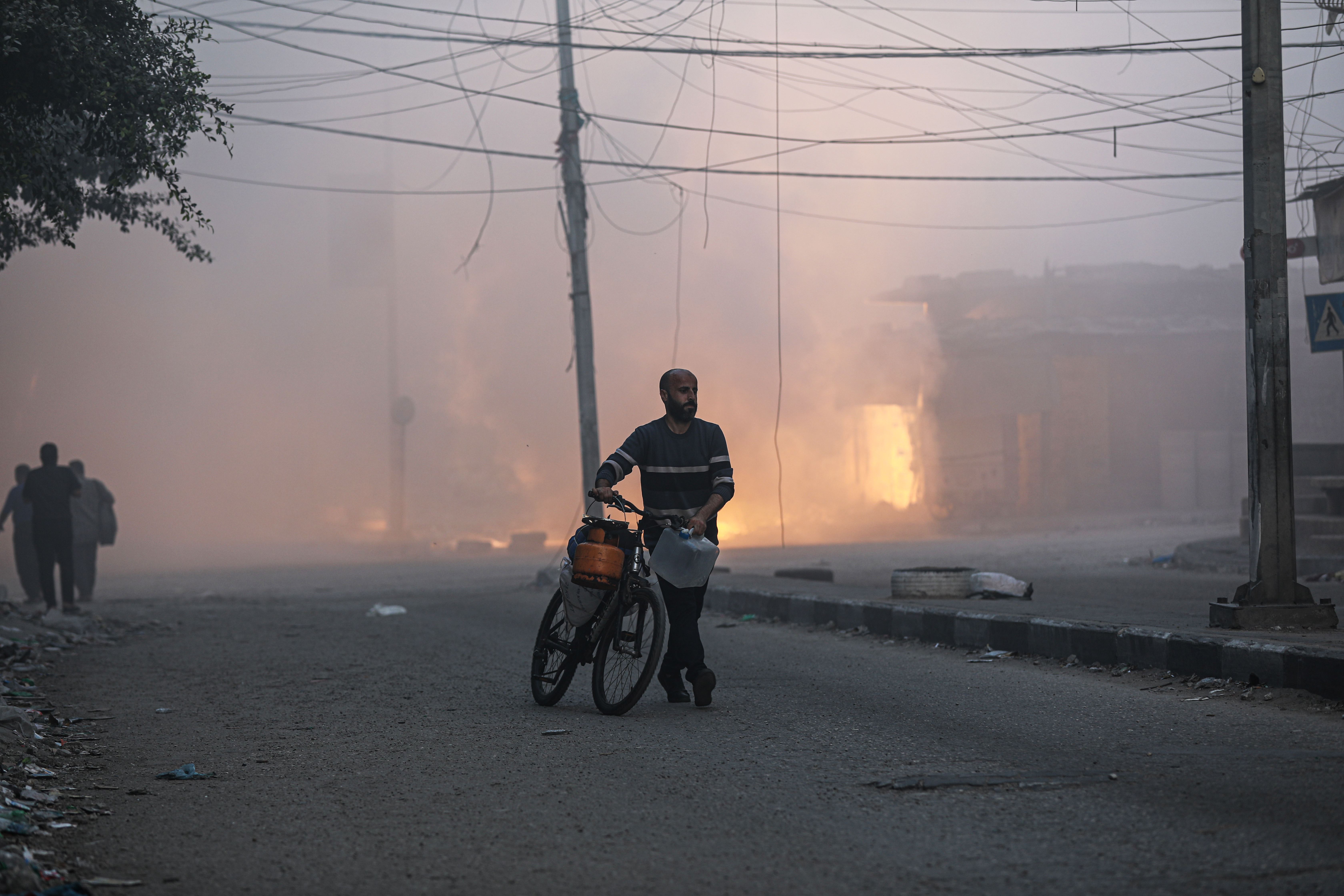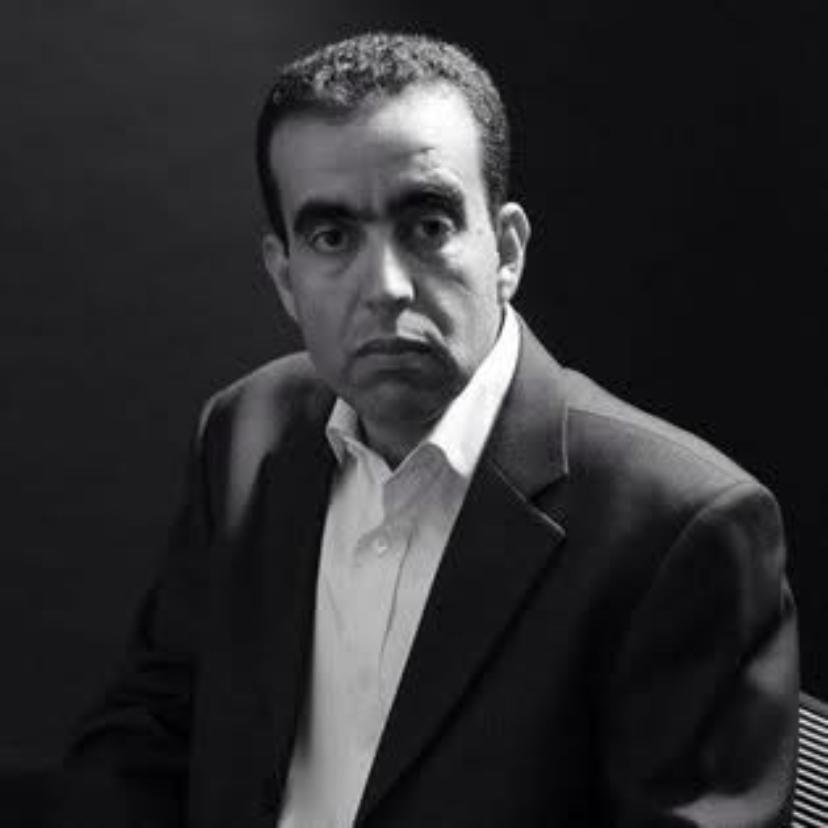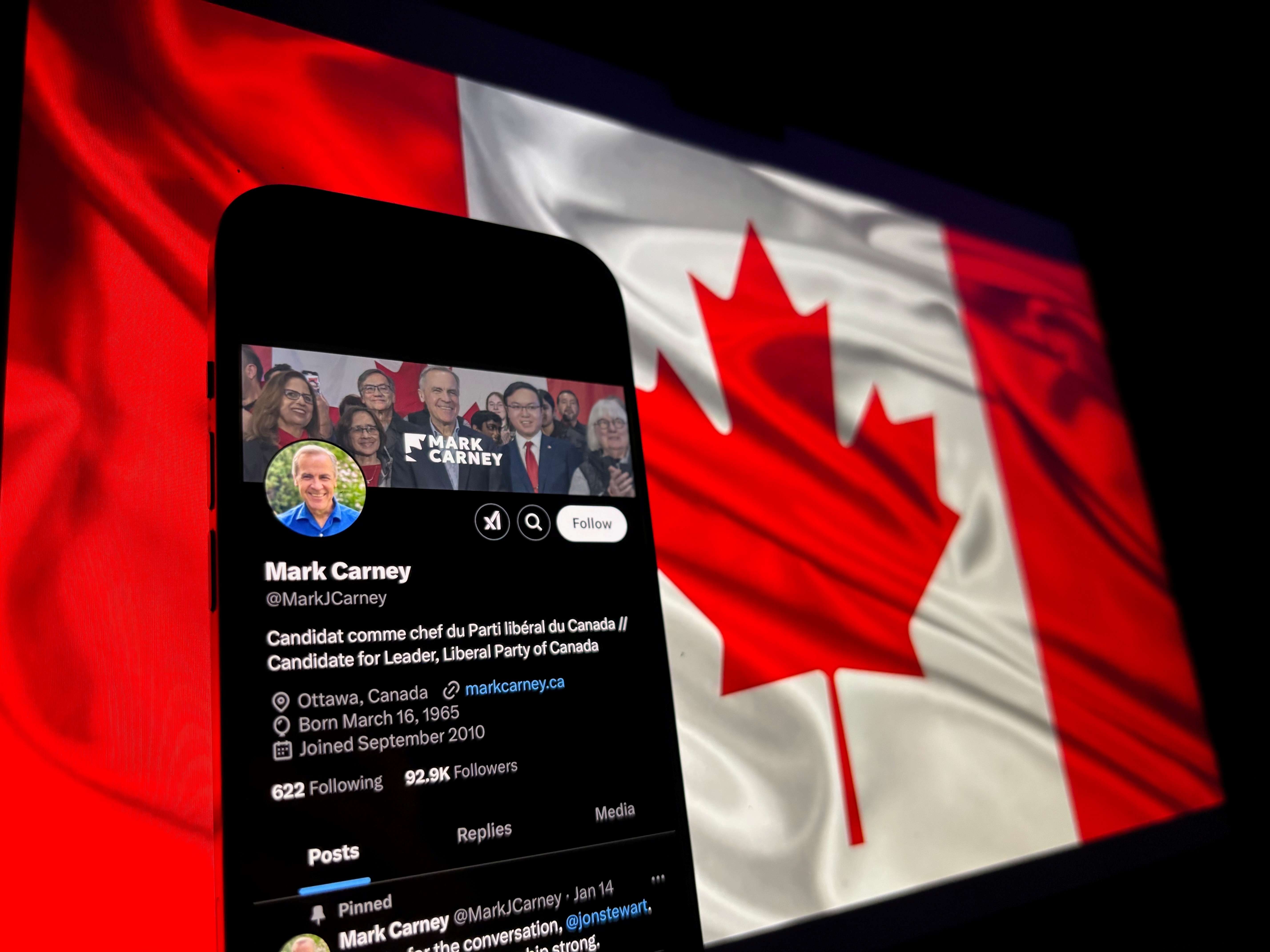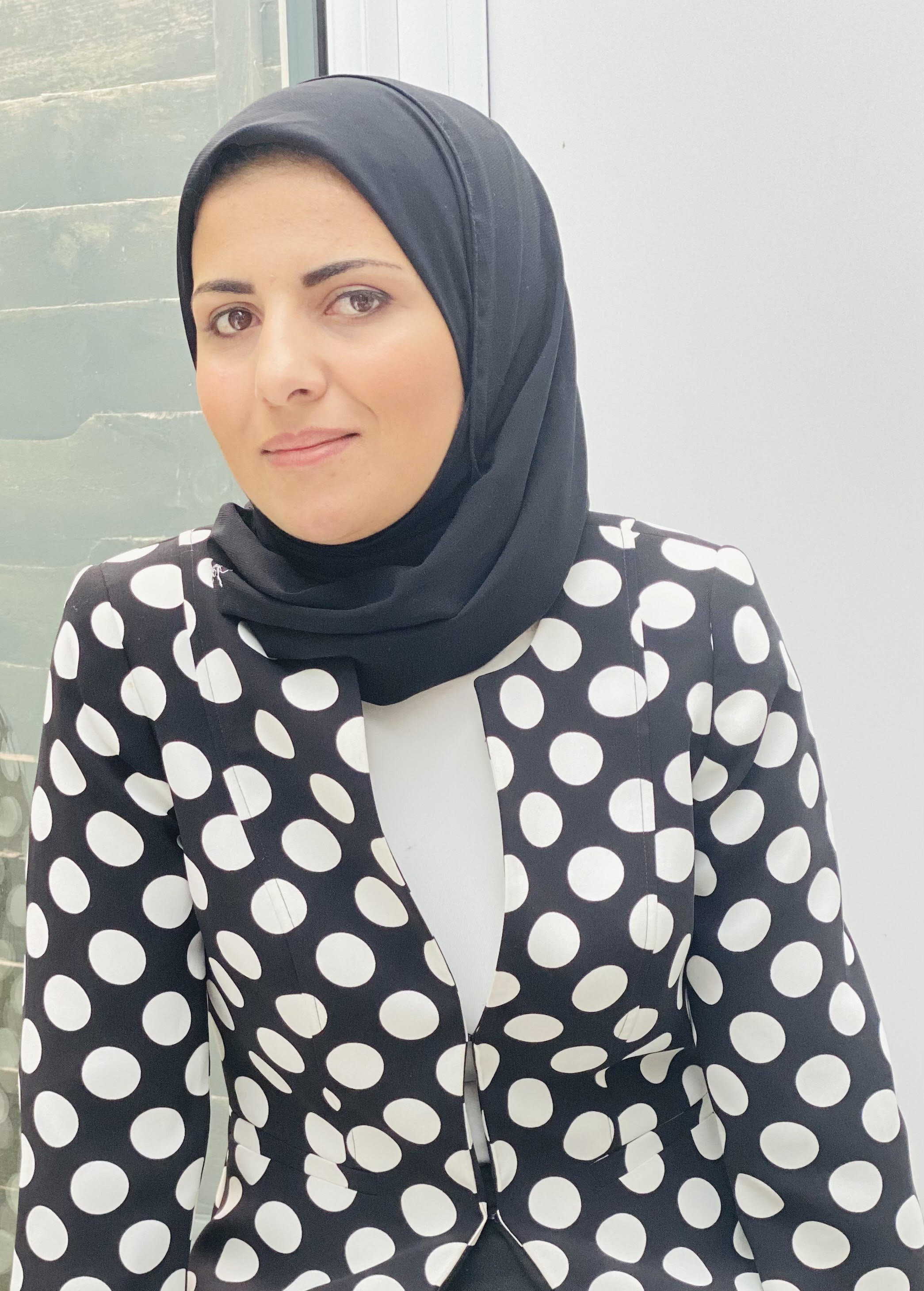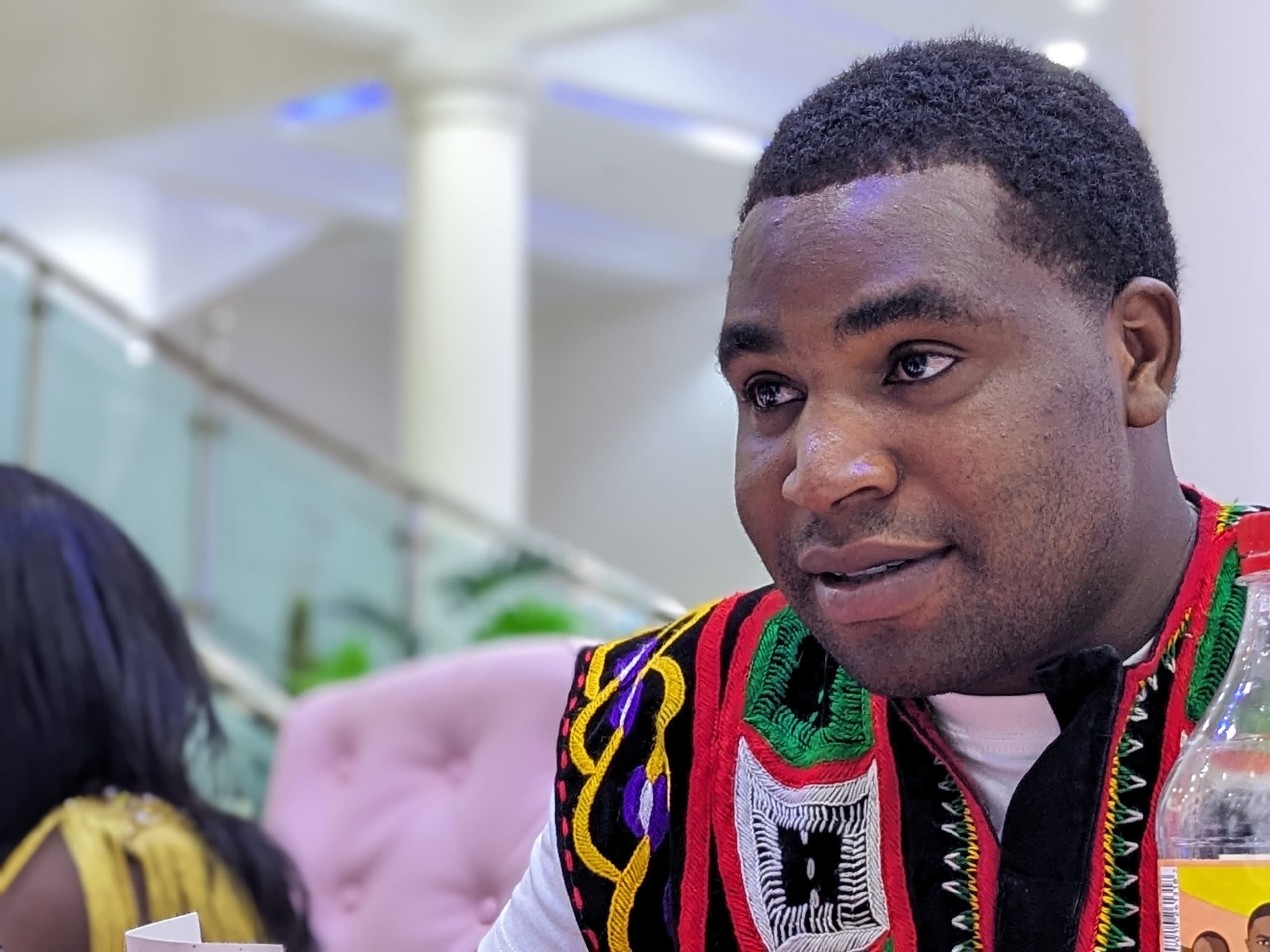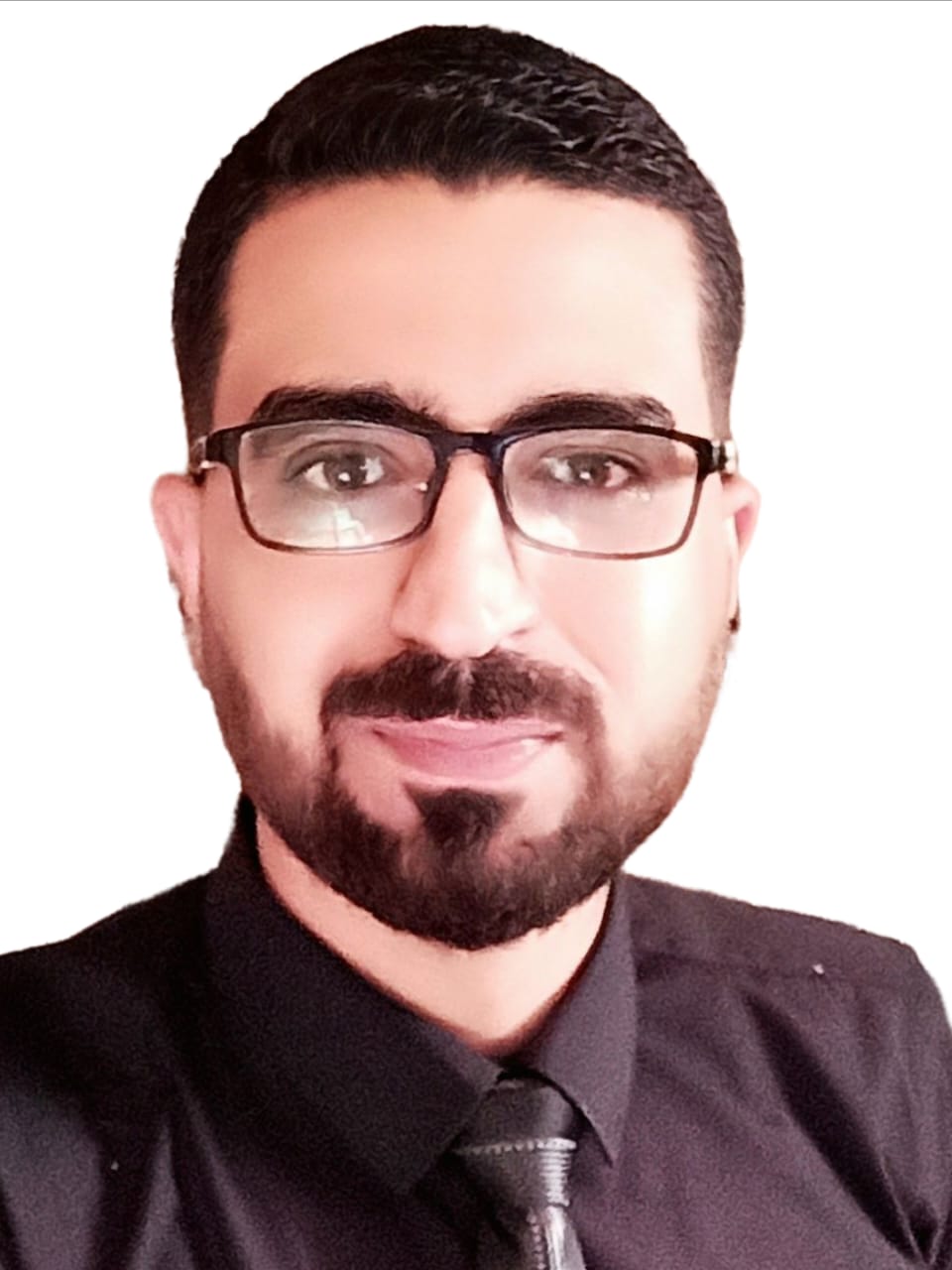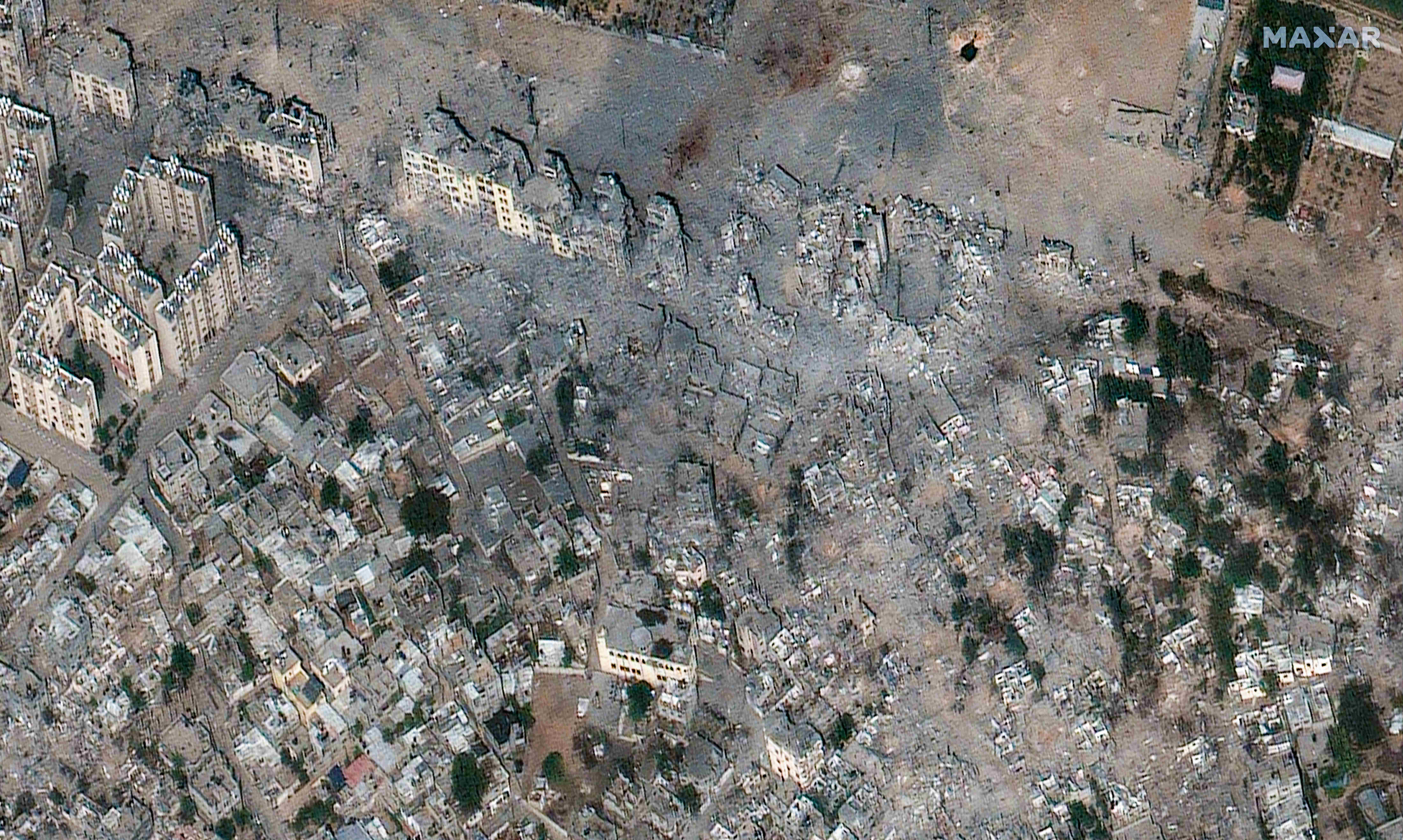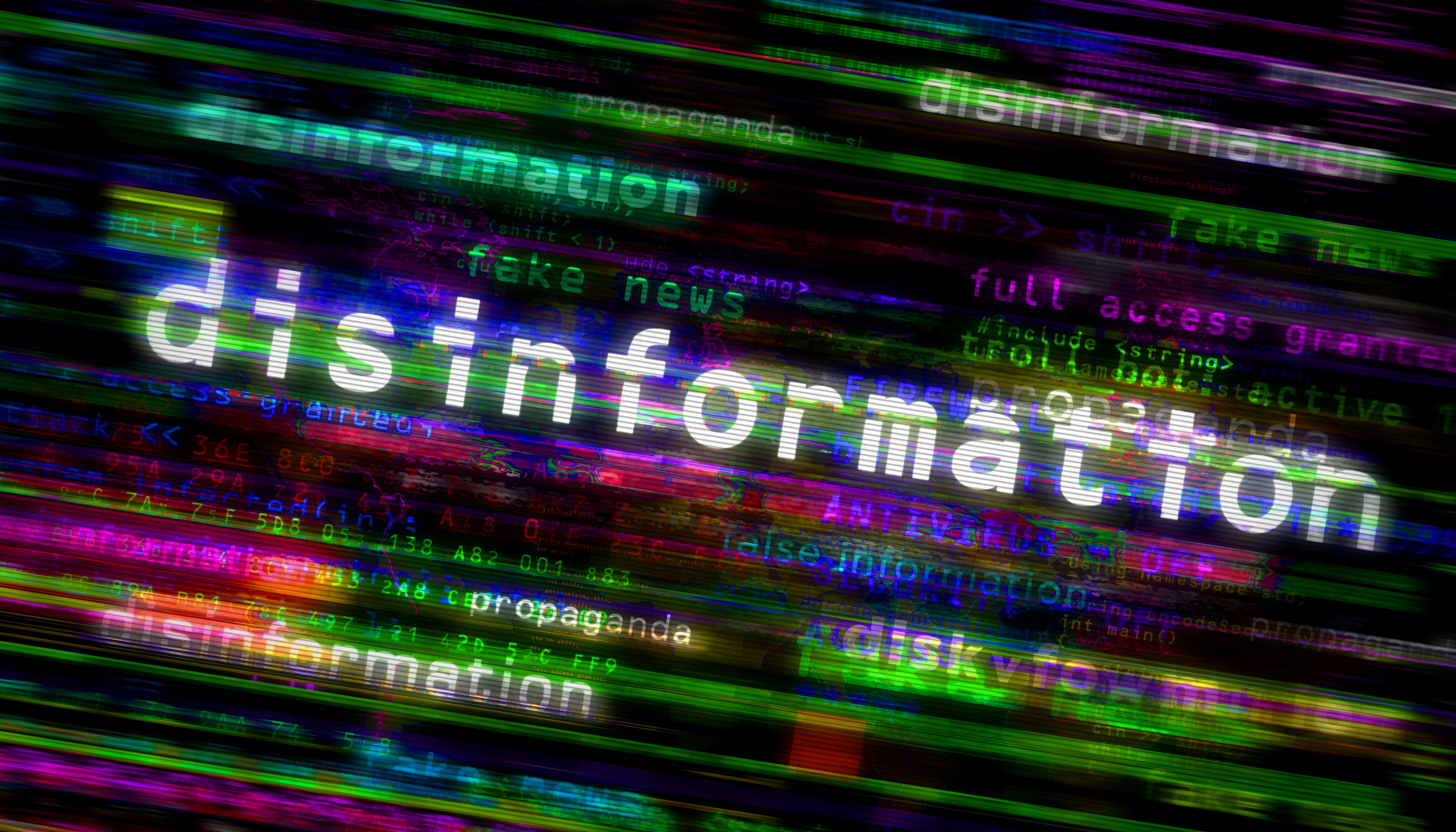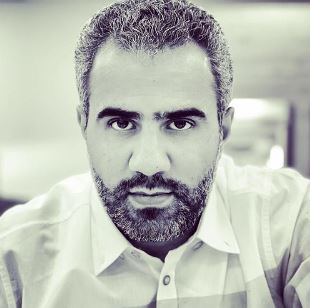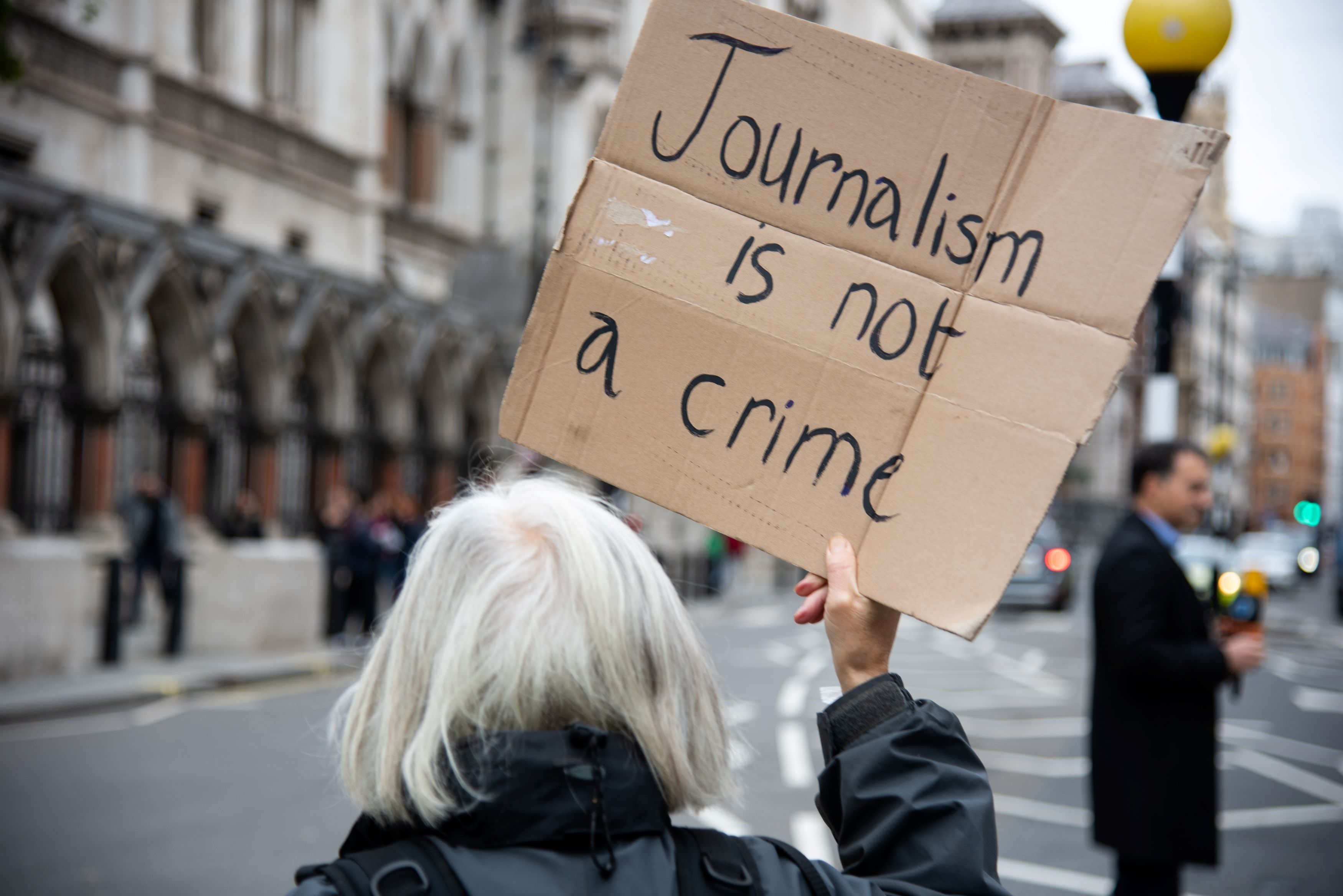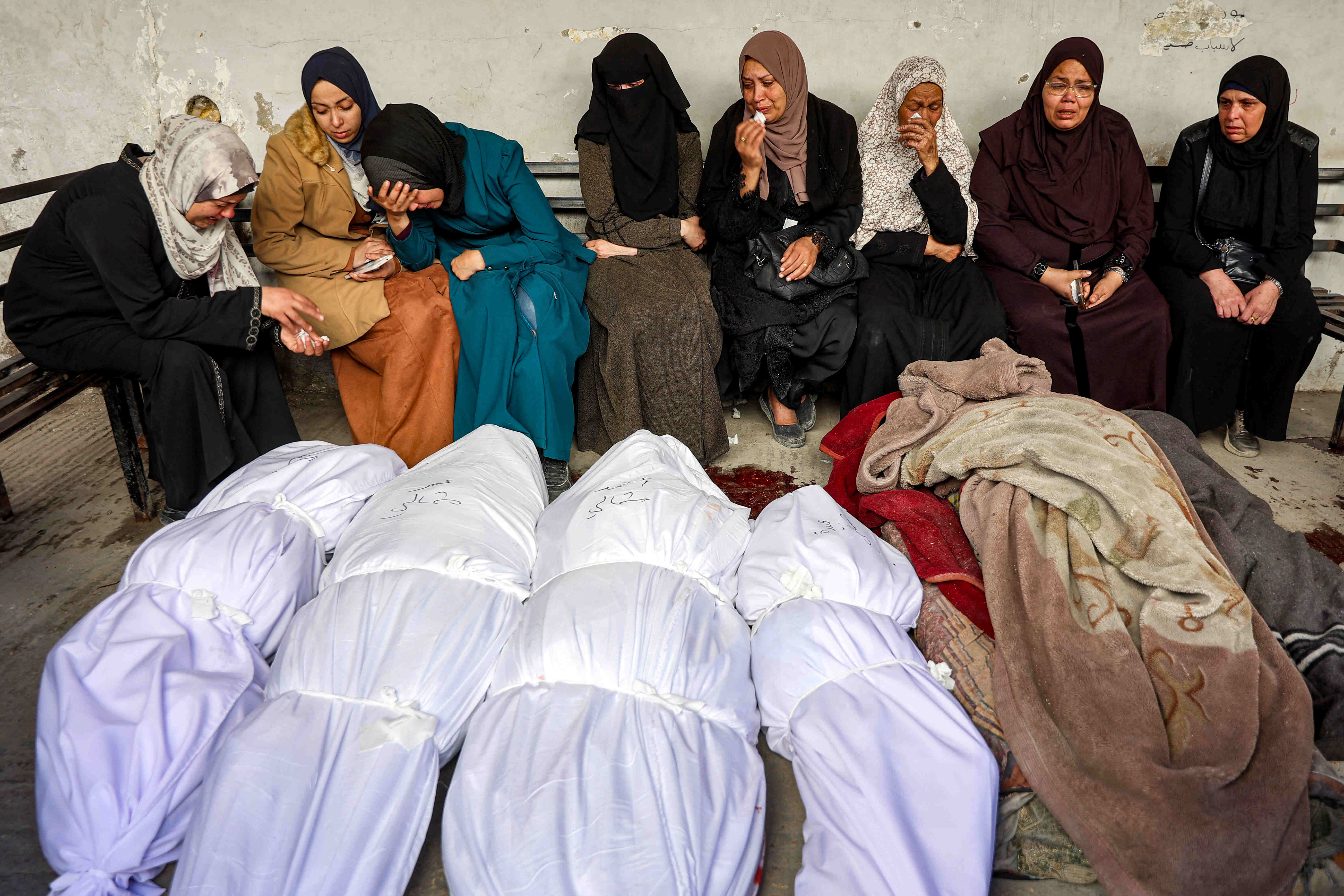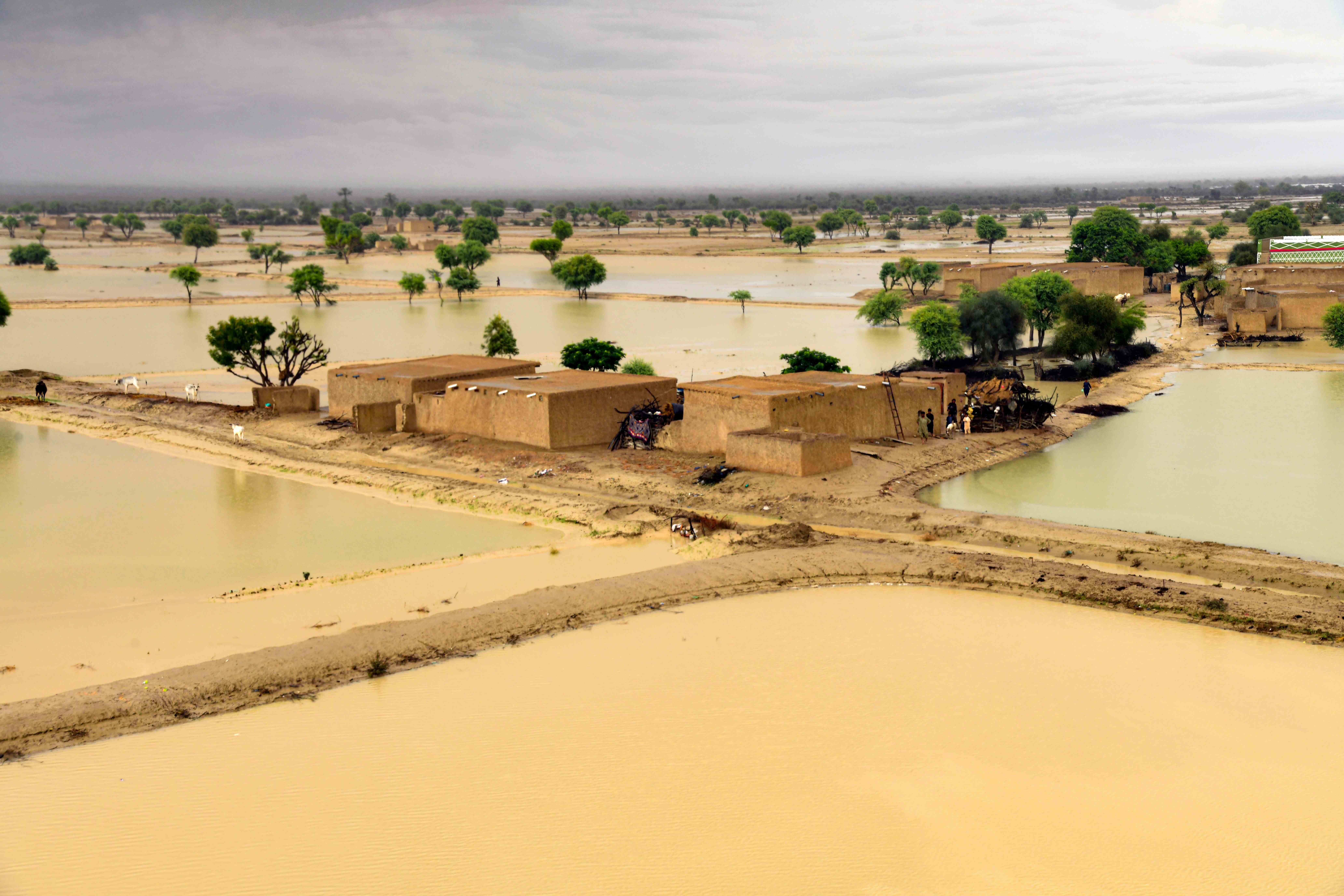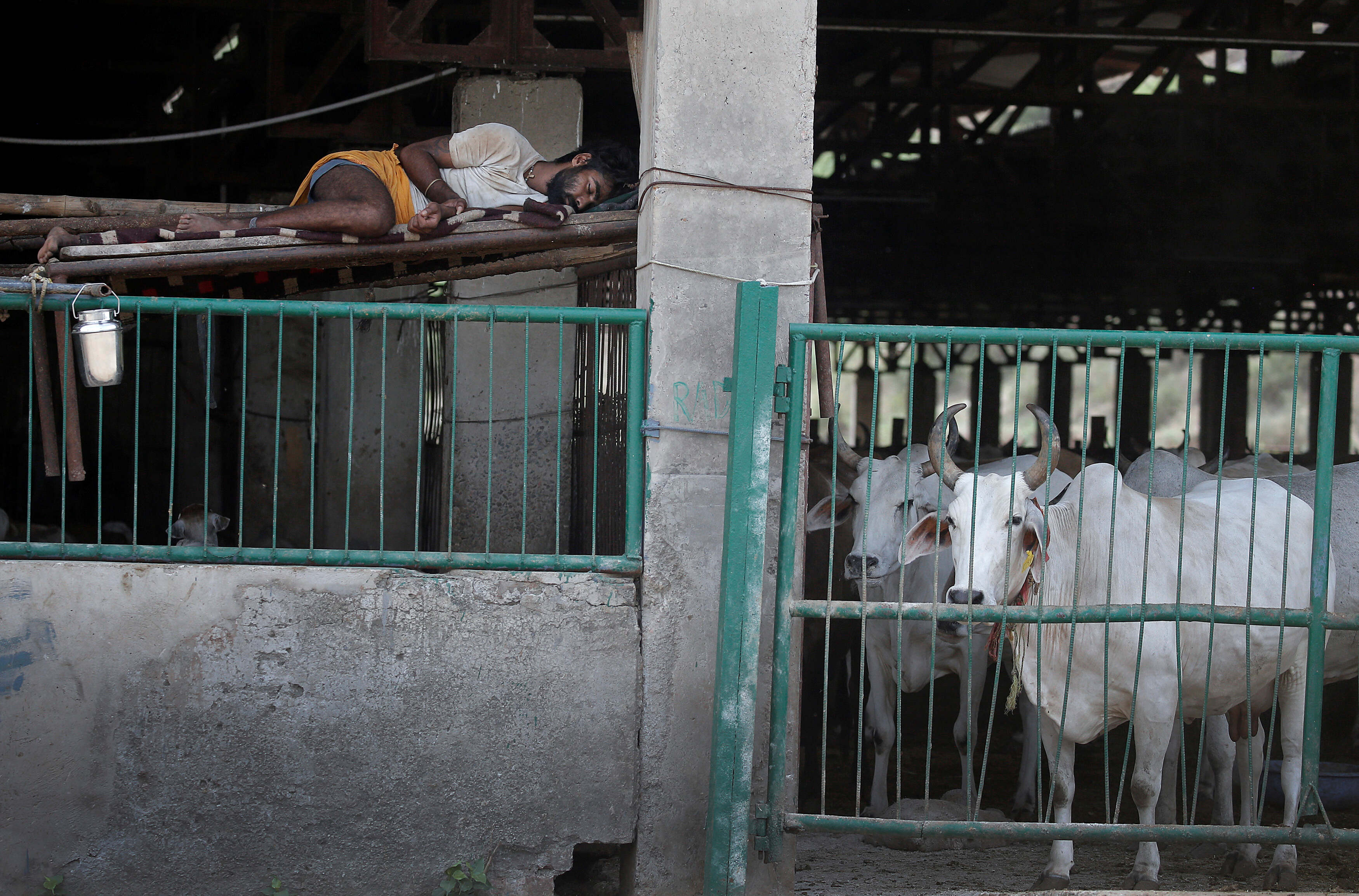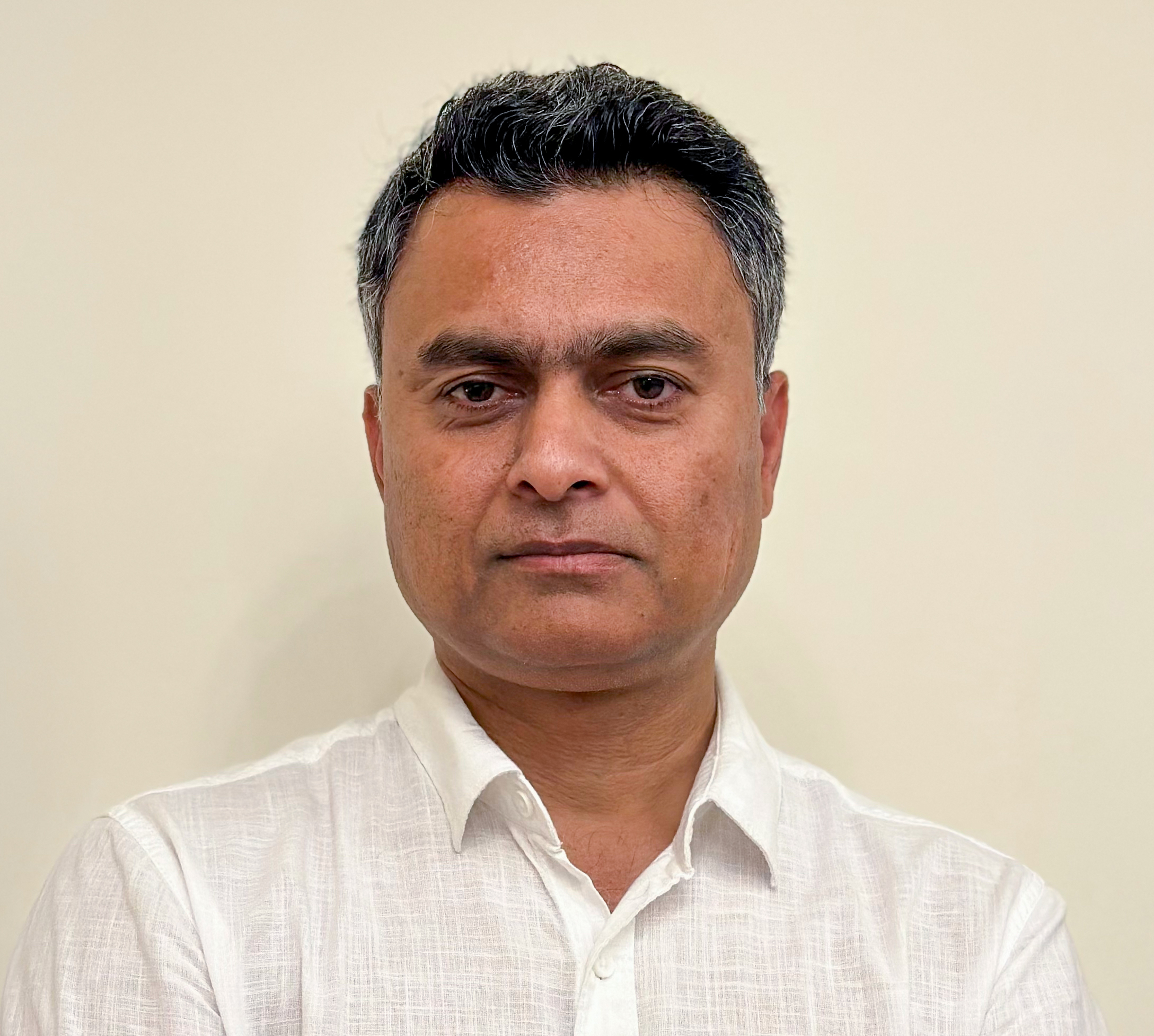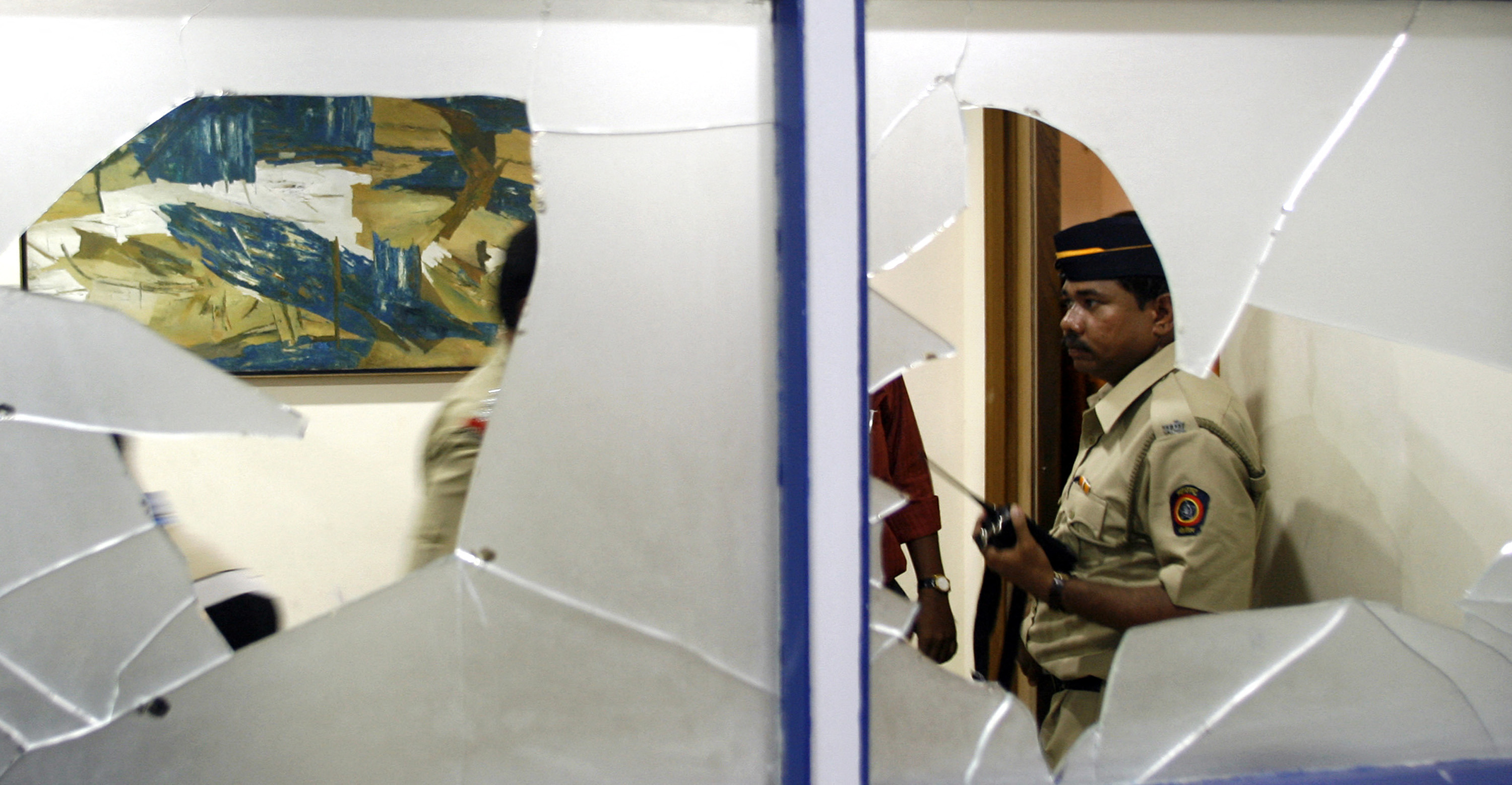على مدى سنوات عديدة، وخلال فترات الصراع في العراق وأفغانستان، قامت بعض وسائل الإعلام الغربية في الولايات المتحدة الأمريكية بتصوير "الآخر" من سكان هذين البلدين على أنهم مجموعات يجب القضاء عليها. ساهم هذا النهج في تنفيذ أعمال عنيفة ضد المدنيين في تلك الدول، حيث أُنْشِئَت نماذج موحدة "للآخر" المختلف عبر محطات الإعلام والصحف، تصوّره حيناً ككائن حيواني وأحياناً أخرى فريسة أو حتى مرض، وكان لهذه الصورة السلبية تأثير كبير على وعي الجمهور المستقبل لها. ليس ذلك وحسب، وإنما تظهر هذه الخطابات المهينة والتجريدية كمحاولة استعمارية لمهاجمة الطرف الآخر والاستيلاء على ممتلكاته، حيث إنها تصور الصراع على أنه بين القوى "المتحضرة" و"غير المتحضرة"، مما يعزز التمييز العنصري والقمع والاستيلاء على حقوق الآخرين، ويشجع على الإبادة الجماعية على نحو مباشر. وكما هو معلوم، تبدأ عمليات الإبادة الجماعية عن طريق نشرها بشكل مفرط في وسائل الإعلام عبر ثلاث مراحل رئيسية. تبدأ المرحلة الأولى بتصنيف الناس وتقسيمهم إلى مجموعات استناداً إلى سمات محددة. ثم يأتي طرح الإعلام بشكل منهجي لتعبئة الناس والتأثير عليهم. وأخيراً، يتم تجريد الأفراد من إنسانيتهم وارتكاب الإبادات والمجازر الوحشية ضدهم. [1]
وعلى صعيد الحرب الإسرائيلية على قطاع غزة، تمكنت إسرائيل، كونها إحدى أقوى الدول العسكرية في العالم، من الاحتفاظ بالسيطرة العسكرية على قطاع غزة لفترة طويلة، واعتمدت على ذلك على ثلاثة مبادئ أساسية تمكنها من تبرير هذا الاحتلال الاستعماري وتجاهله. يرتبط المفهوم الأول بفكرة أن الإسرائيليين يعدّون أنفسهم "الشعب المختار"، وهذا يبرر استمرار احتلالهم للأرض وحرمان الفلسطينيين من حقوقهم المشروعة. يتم استخدام العهد القديم لتبرير الملكية، ويُتَجَاهَل حقوق الفلسطينيين الذين يعيشون هناك منذ آلاف السنين. أما المبدأ الثاني فهو تصوير إسرائيل نفسها كضحية، مما يساعدها على تبرير وتشريع تصرفاتها القمعية من خلال استخدام القوانين الدولية، إذ إن هذا التصور يجعل الفلسطينيين يظهرون كالمعتدين في هذا السياق. وأخيرا، المبدأ الثالث يتعلق بتجريد الفلسطينيين من إنسانيتهم، وهذا يؤدي إلى تبرير المعاملة القمعية والعنيفة التي يتعرضون لها. هذا المبدأ هو أحد أخطر المبادئ الثلاثة، حيث يمنح إسرائيل السبب لتبرير أفعالها وتسهيل استمرار الإبادة الجماعية والمجازر بسهولة من خلال تطبيع إزالة وتجريد الإنسانية من الشعب الفلسطيني عبر وسائل الإعلام.[2]
تبدأ عمليات الإبادة الجماعية عن طريق نشرها بشكل مفرط في وسائل الإعلام عبر ثلاث مراحل رئيسية. تبدأ المرحلة الأولى بتصنيف الناس وتقسيمهم إلى مجموعات استناداً إلى سمات محددة. ثم يأتي طرح الإعلام بشكل منهجي لتعبئة الناس والتأثير عليهم. وأخيراً، يتم تجريد الأفراد من إنسانيتهم وارتكاب الإبادات والمجازر الوحشية ضدهم.
وفي السياق ذاته يتناول مجال العلوم الاجتماعية النفسية ظاهرة التجريد عن الإنسانية، حيث يستند هذا التركيز على اهتمامين رئيسيين: نظرية إنسانية البنية الدنيا التي اقترحها لايِنز وزملاؤه في عام 2000[3]، والنموذج الثنائي للإنسانية الذي وضعه هاسلام في عام 2006[4]. ووفقًا لفريق لايِنز، يحدث فقدان الإنسانية عندما يُمْنَح الأفراد مشاعر إنسانية فريدة أكثر لمجموعتهم الخاصة مقارنة بالآخرين. يُرَكّز هذا النموذج على تحليل العلاقات بين الأفراد والمجموعات، وعلى كيفية تأثير التمييز بين الأفراد في تجريد الآخرين من جوانب إنسانيتهم. بينما تُشير نظرية هاسلام - من ناحية أخرى - إلى وجود نوعين من التجريد: الأول هو التجريد الميكانيكي الذي ينكر الجانب الإنساني للآخرين من خلال تشبيههم بالآلات، والثاني هو التجريد الحيواني الذي ينكر السمات الإنسانية للآخرين من خلال تصويرهم على هيئة حيوانات.
علاوة على ذلك، أدّت وسائل الإعلام دورًا في تعزيز اللغة اللاإنسانية الاستعمارية في حرب إسرائيل على قطاع غزة منذ أكتوبر ٢٠٢٣، إذ عمدت بعض وسائل الإعلام الغربية إلى تبرير عمليات الإبادة الجماعية في غزة؛ فقد لوحظ على نحو ظاهر كيف قُلِّلت أهمية حياة الفلسطينيين من خلال استخدام لغة استعمارية مهينة والتغاضي عن الجرائم المرتكبة في مناطق عدة من قطاع غزة، وهذا ما قامت به قناة البي بي سي على نحو متكرر.
لوحظ على نحو ظاهر كيف قُلِّلت أهمية حياة الفلسطينيين من خلال استخدام لغة استعمارية مهينة والتغاضي عن الجرائم المرتكبة في مناطق عدة من قطاع غزة، وهذا ما قامت به قناة البي بي سي على نحو متكرر.
تجاوز الخطاب الإسرائيلي ذلك ووصل إلى التقليل من أهمية حياة الغزيين الفلسطينيين مقارنة بحياة الإسرائيليين، بل ووصفهم بألفاظ مهينة كـ "أبناء الظلام" و "الحيوانات" و "الحيوانات الإنسانية". ففي خطاب مصور على وسائل الإعلام لرئيس الوزراء الإسرائيلي بينيامين نتنياهو، وصف الشعب الفلسطيني بأنهم "أبناء الظلام" بالاستناد إلى نص في التوراة، بينما وصف الشعب الإسرائيلي بأنهم "أبناء النور". وتكرر الأمر من جديد، عندما كتب منشورًا على منصة إكس (تويتر سابقا)، وحذفه بعد ذلك، واصفا الفلسطنيين بأنهم "أطفال الظلام"، متبعين قانون الغاب، في حين يعتبر الإسرائيليون "أبناء النور" وأهل الإنسانية. وعلى قناة سكاي نيوز، وصف دان غيلرمان، السفير الإسرائيلي السابق لدى الأمم المتحدة، الفلسطينيين بأنهم "حيوانات غير إنسانية". وفي تعبير وزير الدفاع الإسرائيلي يوآف غالانت في خطاب مصور، تجاوزت كلماته حدود اللباقة بعبارته: "نحن نقاتل ضد الحيوانات البشرية".
تجاهلت بعض وسائل الإعلام العربي والغربي لغة الاستصغار التي يواجهها الفلسطينيون، ولم تولها اهتمامًا كافيًا، مما ساهم – ويساهم - في ارتكاب المزيد من الجرائم ضد الشعب الفلسطيني. لقد فشلت بعض وسائل الإعلام - وخصوصاً العربية - في مواجهة أو إدانة هذه الخطابات الإعلامية، فقامت العديد منها بنقل تلك الخطابات المهينة دون التحليل والتعمق في فهمها والتوقف عندها مما أدى إلى التطبيع مع الخطاب الفوقي الاستعماري؛ وتذبذب المتلقي بين قبول ادعاءات الاحتلال الغاصب وتخاذل بعض وسائل الإعلام في التنديد به. إن تكرار الخطاب ذاته للاحتلال الإسرائيلي دون الوقوف عليه، قد يعززه ويطبعه في أذهان الجمهور المتلقي مما قد يطبع مع الجرائم المرتكبة. فوفقًا لأريندت، فإن نموذج الإدراك الاجتماعي الضمني يشير إلى أن تكرار عرض مفاهيم معينة في وسائل الإعلام، مثل "الحيوانات"، يعزز الارتباطات المفاهيمية في ذاكرة الجماهير، مما يؤثر في تشكيل الانطباعات الاجتماعية حول مجموعات بشرية أخرى. تعتمد طبيعة هذه التأثيرات إما على مدى استمرارية التعرض لها أو على تأثيراتها على قدرة الأفراد على فهم الأفكار والمفاهيم، كما يوضحه الرسم البياني (1)[5]. وفي جانب آخر، قد يعزى عدم تفنيد خطاب الإعلام الإسرائيلي لدى الإعلام العربي إلى الالتزام بالحياد كمهمة إعلامية، غير أنه - في ظل الظروف الاستثنائية التي تحيط بالعالم بما يجري في غزة - يمكن أن يعاد النظر في المفاهيم المتعلقة بالحياد والموضوعية في وسائل الإعلام، وذلك لعدة أسباب، منها دعم وسائل الإعلام الكبرى للرواية الكاذبة الإسرائيلية ونشرها عن طريق التكرار المستمر لتأكيدها للجمهور، مما يؤدي إلى زيادة الانتهاكات ضد الشعب الفلسطيني على نحو متزايد وسريع، في حين عدم تكافؤ الدعم الإعلامي الذي يتلقاه أهالي قطاع غزة قد يغيب الصوت الآخر مما قد يفقد الحيادية قيمتها، ومسؤولية وسائل الإعلام أن يتمثل دورها في المساءلة لمنع حدوث مزيد من الإبادات الجماعية.

تتحمل وسائل الإعلام انطلاقا من وظيفتها في الإبلاغ عن الحقائق مسؤولية كبيرة في تحليل الخطاب الاستعلائي والاستعماري المصاحب للعمليات "الإرهابية" الإسرائيلية في قطاع غزة ومواجهته، حيث تؤثر كفاءة الإعلام في استجواب اللغة وتحليلها؛ بتسليط الضوء على الحقائق، وتحسين فهم السياق بشكل أكثر وضوحًا وتنظيمًا.
في الختام، تتحمل وسائل الإعلام انطلاقا من وظيفتها في الإبلاغ عن الحقائق مسؤولية كبيرة في تحليل الخطاب الاستعلائي والاستعماري المصاحب للعمليات "الإرهابية" الإسرائيلية في قطاع غزة ومواجهته، حيث تؤثر كفاءة الإعلام في استجواب اللغة وتحليلها؛ بتسليط الضوء على الحقائق، وتحسين فهم السياق بشكل أكثر وضوحًا وتنظيمًا. تؤدي وسائل الإعلام - كذلك - دورًا حاسمًا في التأثير في القرارات السياسية وإعادة التركيز على القوانين الدولية من خلال انتقاد اللغة التجريدية المستخدمة في الحديث عن سكان قطاع غزة، ويتم ذلك من خلال تكرار القصص التي تؤكد حقوق الفلسطينيين. بالإضافة إلى ذلك، تستطيع وسائل الإعلام أن تؤدي دورًا فاعلاً في مكافحة الظلم الذي يتعرض له سكان قطاع غزة، من خلال تسليط الضوء على القرارات الدولية والإقليمية التي تساهم في تحقيق العدالة وحقوق الإنسان.
المراجع
[1] Steuter, E., & Wills, D. (2009). Discourses of Dehumanization: Enemy Construction and Canadian Media Complicity in the Framing of the War on Terror. Global Media Journal, suppl. Veiling Differences -- Mediating Race, Gender, and Nation, Canadian ed., 2(2), 7. https://www.proquest.com/scholarly-journals/discourses-dehumanization-enemy-construction/docview/888154080/se-2
[2] Al-Dajani, R. (2018, January 23). Israel's dehumanization of Palestinians enables oppressive occupation. National Catholic Reporter. Retrieved from https://www.ncronline.org/opinion/israels-dehumanization-palestinians-enables-oppressive-occupation
[3] Leyens, J.-P., Paladino, P. M., Rodriguez-Torres, R., Vaes, J., Demoulin, S., Rodríguez, A., & Gaunt, R. (2000). The emotional side of prejudice: The attribution of secondary emotions to ingroups and outgroups. Personality and Social Psychology Review, 4, 186–197. https://doi.org/10.1207/S15327957PSPR0402_06
[4] Haslam, N. (2006). Dehumanization: An integrative review. Personality and Social Psychology Review, 10, 252–264. https://doi.org/10.1207/s15327957pspr1003_4
[5] Arendt, F. (2013). Toward a Dose-Response Account of Media Priming. Title of the Journal, 42(8), page numbers. https://doi.org/10.1177/0093650213482970
